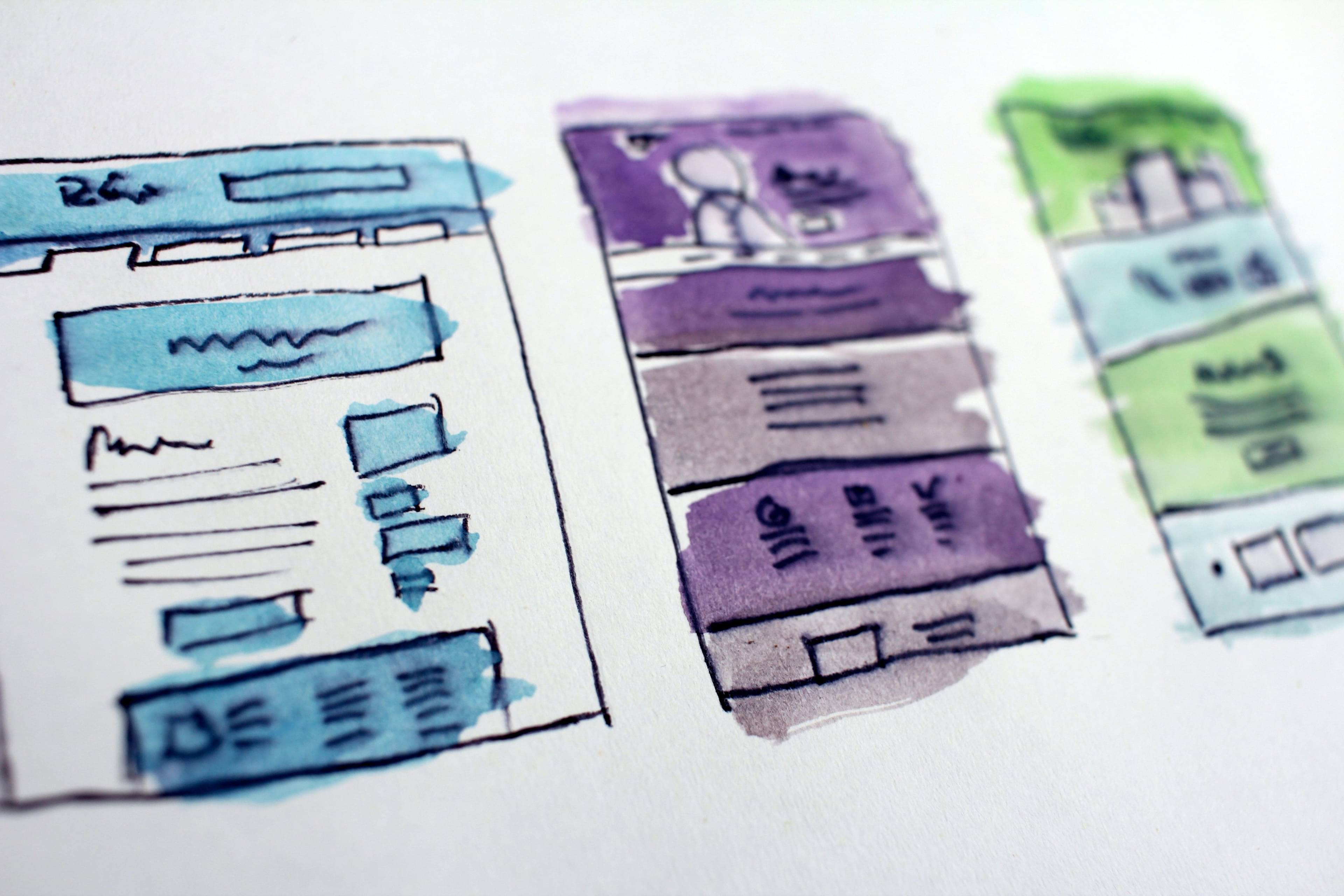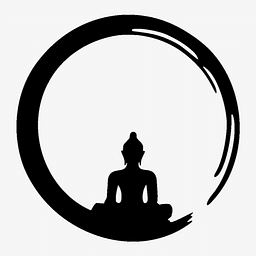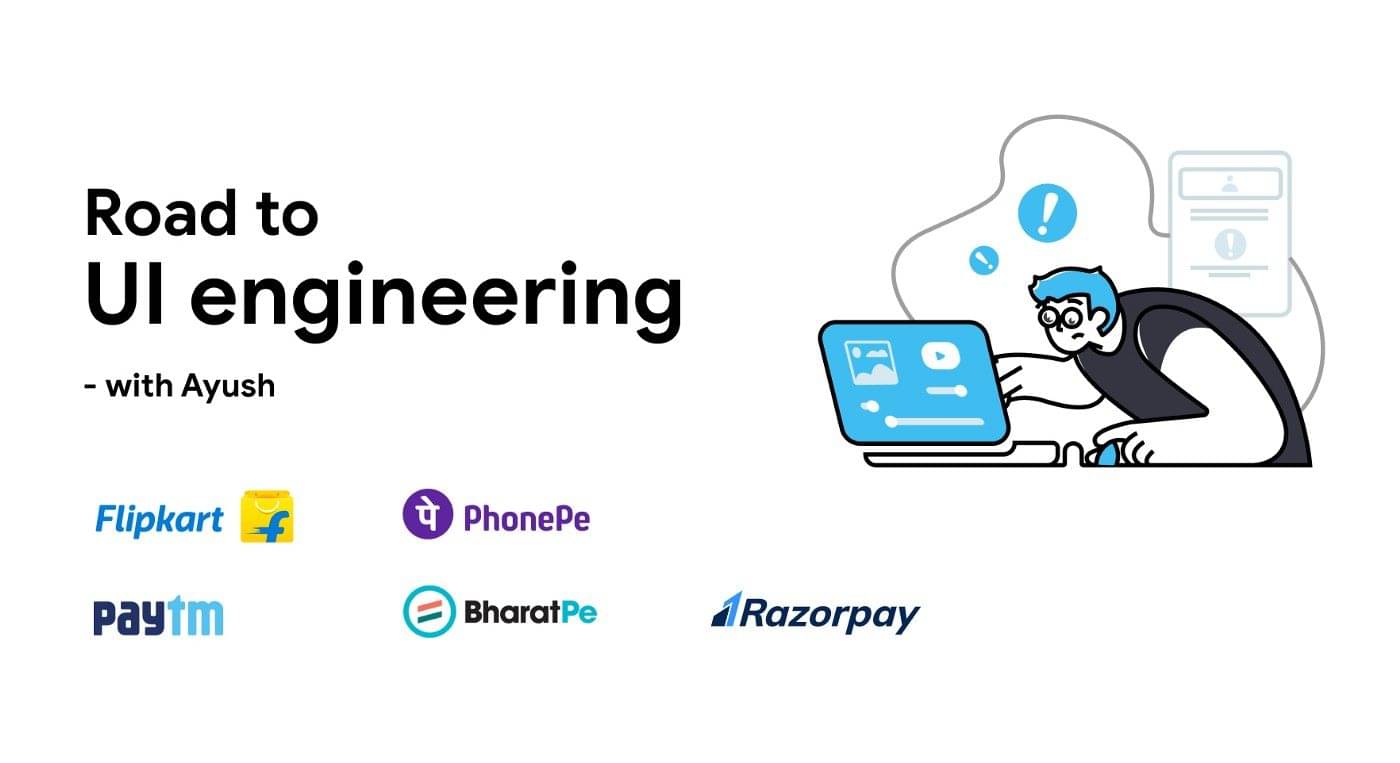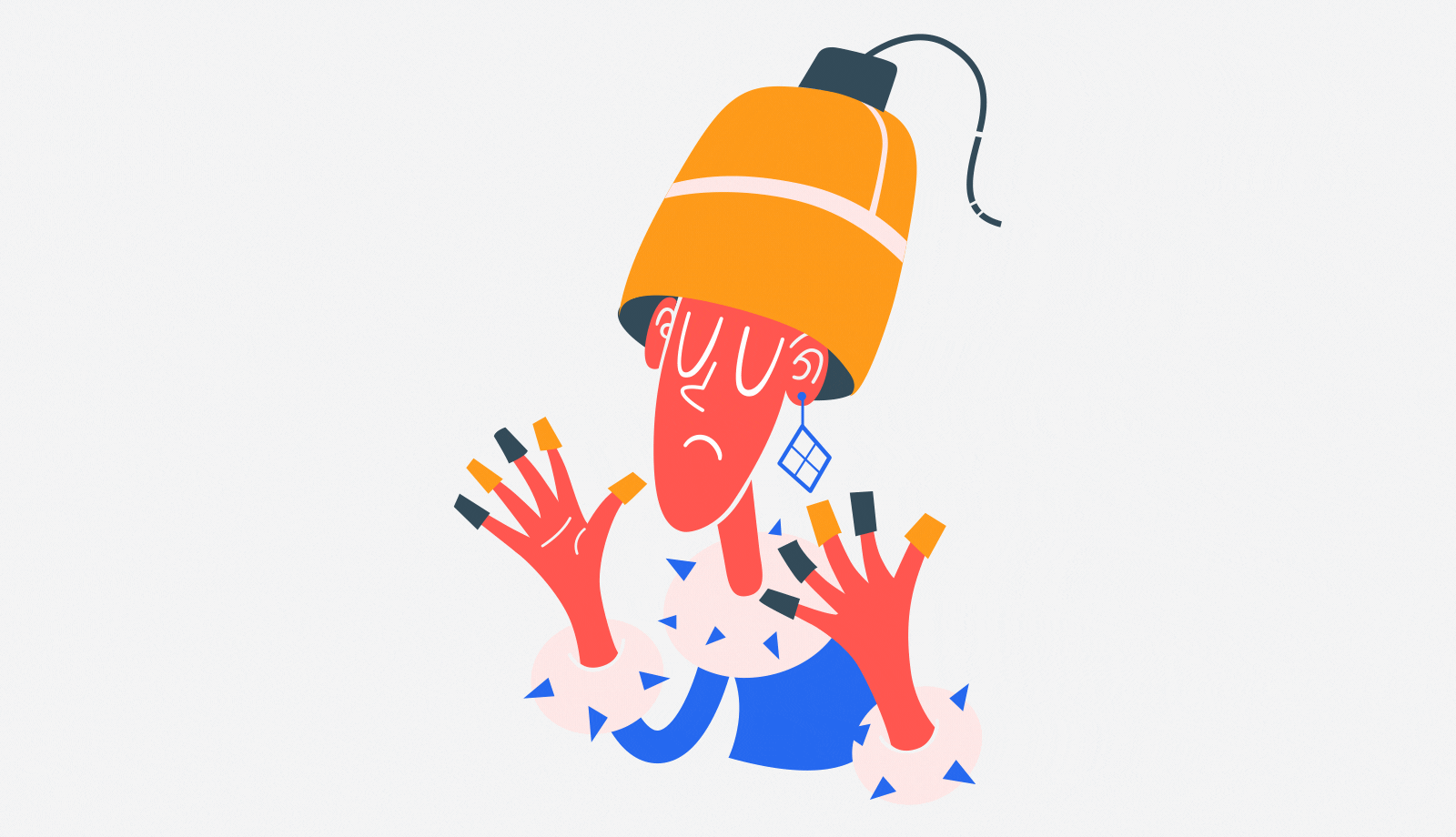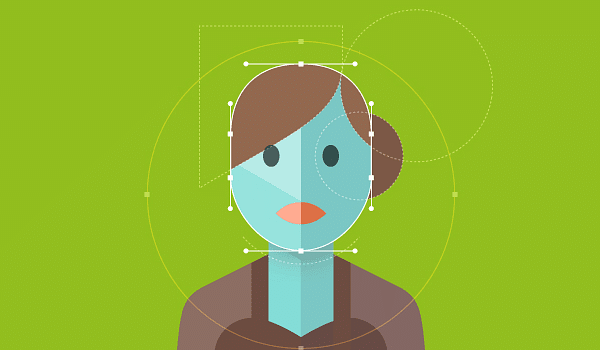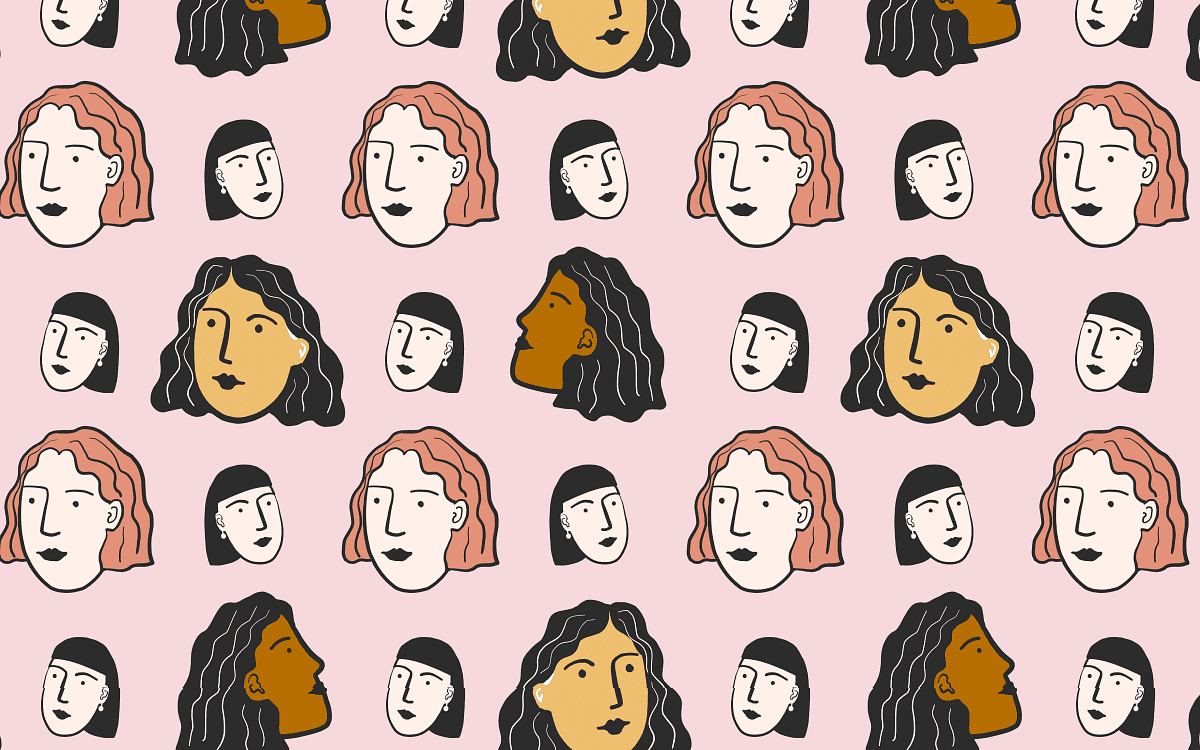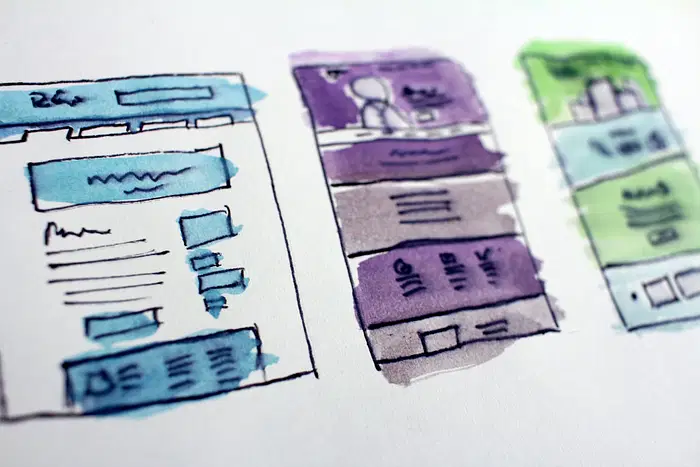
"A beautiful product that solves a problem no one has will fail. An ugly product that solves a real problem well can succeed." - Paul Adams
A few years back when I was still confused about the craft of Design and what kind of Designer I should aim to be, I came across a few brilliant articles that really showed me the way. Here I list them for you as it will help us in our journey ahead, both career and this write-up, and maybe discussions ahead on this subject.
The Future of Design: When You Come to a Fork in the Road, Take It
Absorbing the wisdom from all above took some time but it got me thinking in a totally different dimension about Design: whether craft, education, career, or even portfolios'. It also made me confident in one reality:
Design is much more about creative problem-solving than it is about wiring together visually appealing interfaces and 'awesome' interactions which do not solve the problem but give a perception that the problem is solved or is in process of being solved.
If we look closely, prioritizing UI over UX while we are in the earlier stages of product design increases the noise and creates more problems than reducing it.
Design Portfolio as a Product
If we see a portfolio as a product in itself, what is true for every other product out there also stands true for a design portfolio.
UX of a product is more important than its UI, and the same goes for portfolios' too!
A beautiful, visually appealing portfolio that does not represent design thinking, thought process, and real work that goes into projects and case studies will get you like, shots, and comments which are just numbers and do not add much value. It might also get you a job/career break but will not help you be the designer you might aim to be.
Whereas a simple blog with case studies, design research papers, and articles on different aspects of design: whether a product, business, interaction, or even visual will get the attention of minds and of the community that understands and honors the craft of design, and maybe a really good career-leap.
Users of Portfolio: Our three Design enthusiasts
The experience of a design portfolio does not depend solely on the portfolio itself but on the user of the portfolio too and their understanding of design, what motivates them, and the intention with which they come to a portfolio.
Hence we will now define three types of design enthusiasts (aka users) and then three types of Portfolios' too.
One type of user will be more focused on the product and business side and all that impacts that part of the experience and this is what we call the UX dimension of it: System, Outcomes, user journey, business needs, research, interaction, and maybe a few more aspects. In short, how the product works!
The second type of user will be more focused on the visual aspect of the product and this is what we call the UI dimension of it. They will be more aligned on how to make the experience visually better and aesthetically pleasing. In short, look and feel of the product!
And the third type of users are not designers by education or profession but someone who is interested in design because they understand the value and importance of craft and is looking to hire or team up with one. Such a person is usually a business owner/founder or aiming to become one, a member of the product team, or maybe an HR professional.
I hope these three users/characters pretty much sum up our users in this particular case.
Tale of three Portfolios
As we now have three kinds of users or design enthusiasts of a portfolio, we will define three kinds of portfolios' we come across.
First is a portfolio that is more UX centric. It is either a blog with case studies, projects, and prototypes or a website with works showcased along with the thought process behind it. It sometimes has articles, research papers, and all the UX-related works the designer has engaged in or is working on. One may find a bit of UI here and there but mainly it is all about UX. It is always more on the UX front, and less on UI!
The second type of portfolio is more UI centric and is more focused on the visual aspect of product design. It has landing pages, web/app re-designs, and projects which talk about and present more of UI aspects, color psychology, and making products look and feel better, simple, and beautiful. Among these too, there are portfolios that even explain the thought process behind the UI design part of design and touch Product and UX part to some extent. Overall such portfolios will always be more on the UI front, and less on UX!
Third comes the portfolio which has both and some projects have more UX Design and Research and less UI, while some have more UI and less UX. One can know based on their works where they align more and either UX or UI will be a predominant characteristic.
And sometimes we come across portfolios with projects with shiny screens and 'awesome' interactions with very little and even zero explanation of the thought process that went behind it, whether UX or UI. Such portfolios are primarily made to somehow get into design and start a career, and not because one has gotten deep into the craft of design or is even interested in it.
The Experience spectrum
The experience of a portfolio for any user will depend on what they are looking for, their understanding of design, and the kind of portfolio they come across.
Someone who is a designer and has product acumen or is from the business side will have a really good user experience of a portfolio that is more UX centric as his mind is more into Product/UX than UI. He will cherish a deep product/business perspective and design thinking than the visual part of the portfolio. They will prefer to work with UX or UX>UI kind of designers over others.
Someone who is not much into product and design will have a really good user experience of a portfolio that is more UI centric as his mind is more into UI than UX and lacks or is not into deep product/business acumen and design thinking. They will prefer a UI/Visual Designer or 'UI>UX designer' where one has UI skills with a bit of knowledge and interest in UX.
Rest will cherish any generic UX/UI design portfolio as they are not looking for high-level product acumen and deep design thinking mind and just someone who has basic to intermediate knowledge of UX & UI and can do both.
For aspiring designers, and those hiring them
Whether we are aspiring to be or already a designer, we need to know where our minds and brain align more and feel natural and then make a decision. I love being more on the product, business, and UX side and hence I always focus more on them rather UI part of the design. I know a bit of UI but only to make things look good but I never went deep into it.
Even when you are exploring career opportunities, make sure you are clear on what aspect of the Product you like working more and feel natural with and build a portfolio based on that (UX, UI, or UX/UI) and select and apply for opportunities which give you work based on your interest and natural drive. It might seem a very tiny part of a design career but goes long way in defining our journey as a designer.
When hiring a designer we need to be clear on what aspect of the product we want designers for and if we can do with one UX/UI mind or hire two, one for UX and the other for UI or a UX > UI or UI > UX. A UX-centric portfolio won't fit a UI-centric opportunity/job and a UI-centric portfolio won't survive a UX-centric work. And when you come across someone who is both into UX/UI or at least one with basic skills and interest in others, ask what they are more into, UX or UI!
Why does it matter?
Whether hiring designers or making career decisions, it is important to understand that design is not a singular subject but has many dimensions. When everyone does what one is good at and feels natural with, then doing what one is not designed for, the whole team works at their natural best and hence the product which is the outcome of this journey will surely be better than it would have been if not for this.
When decisions are taken without understanding these aspects of product design and creatives involved, disaster happens and it is happening for years.
I hope we understand this and make better education, career, and hiring decisions and reduce the noise or even prevent it from occurring before it arises because of being unaware of these perspectives.
Special Thanks
Graeme Fulton who is the co-creator of Letter & Prototypr helped me edit this and made it so much better than it was when I sent him the first draft. Along with the storytelling part, he helped me get the titles and sub-titles apt and credit for one part of the title goes to him.
The image credit goes to Hal Gatewood.
